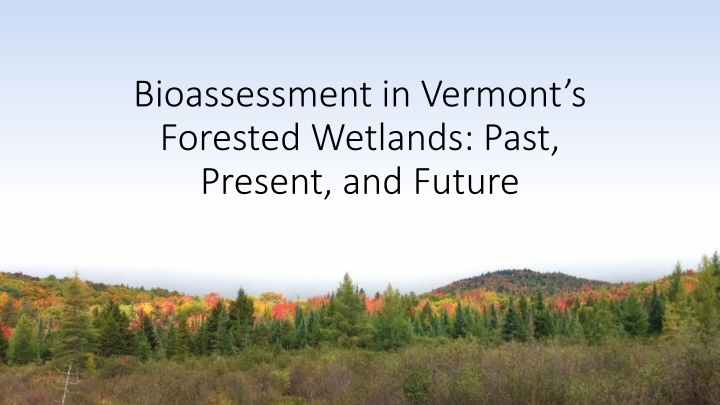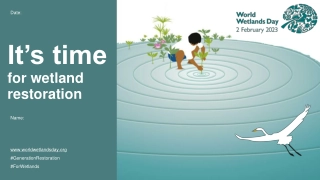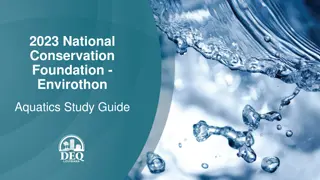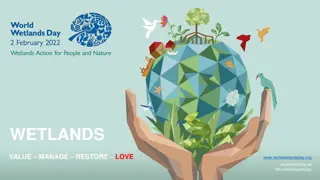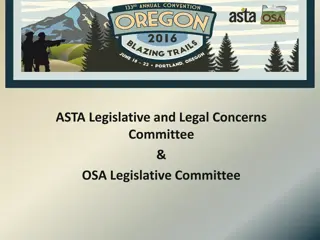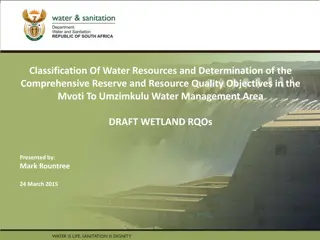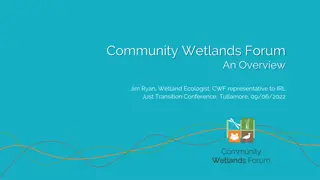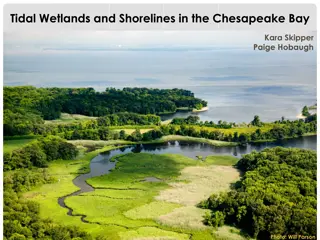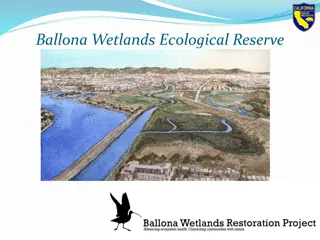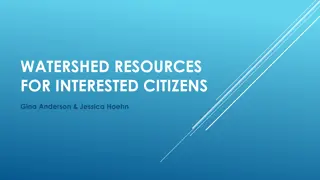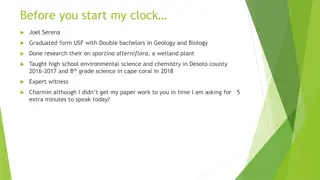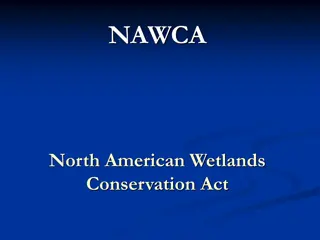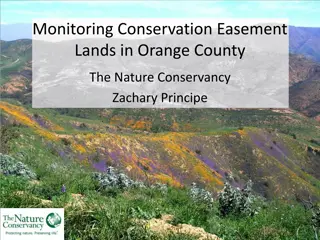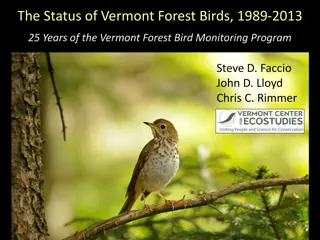Bioassessment in Vermont's Forested Wetlands: Monitoring and Conservation Efforts
Vermont's Wetlands Program, part of the Department of Environmental Conservation, actively monitors and assesses the health of the state's wetlands. Utilizing bioassessment methods, they aim to support planning, regulatory activities, and restoration projects while tracking long-term trends in wetland health. The program conducts intensive surveys, uses various indicators for assessment, and collaborates with stakeholders to ensure the conservation of Vermont's forested wetlands. With a focus on monitoring water quality and correlating it with wetland condition, their efforts contribute to the sustainable management of these vital ecosystems.
Download Presentation

Please find below an Image/Link to download the presentation.
The content on the website is provided AS IS for your information and personal use only. It may not be sold, licensed, or shared on other websites without obtaining consent from the author.If you encounter any issues during the download, it is possible that the publisher has removed the file from their server.
You are allowed to download the files provided on this website for personal or commercial use, subject to the condition that they are used lawfully. All files are the property of their respective owners.
The content on the website is provided AS IS for your information and personal use only. It may not be sold, licensed, or shared on other websites without obtaining consent from the author.
E N D
Presentation Transcript
Bioassessment in Vermonts Forested Wetlands: Past, Present, and Future
Vermont Wetlands Program A part of the Vermont Department of Environmental Conservation, Watershed Management Division Much of program is devoted to regulatory work under the Vermont Wetland Rules 1 full time staff member devoted to monitoring, with support from other staff
Wetlands Bioassessment Purposes To monitor the health of Vermont s wetlands To provide support for planning and regulatory activity To monitor the effectiveness of restoration and rehabilitation projects To monitor long-term trends of wetland health
Wetlands Bioassessment Methods Conduct Tier III intensive surveys to collect biological, chemical, and physical data Use the FQAI as a biological indicator of wetland health Utilize the Vermont Rapid Assesssment Method (VRAM), a Tier II method Refine mapping of wetlands when necessary Classify wetlands via Heritage natural community methodology or a similar but somewhat coarser classification system
Bioassessment and Forested Wetlands Some past Wetlands site selection methodology (random stratified site selection) heavily favored emergent wetlands and shrub swamps Older National Wetlands Inventory maps missed a lot of forested wetlands, causing them to be missed. Natural Heritage Inventory has extensive plot data on forested wetlands Forested buffer and upland watershed also important to wetlands
Existing Bioassessment Data, 2006-2014 (not limited to forested wetlands)
Wetland Condition Correlates with Water Quality T-test (t) and Mann-Whitney rank sum test (M-W) results for water chemistry parameters comparing minimally disturbed and highly disturbed sites. Means are presented for the t-tests and medians for the Mann-Whitney rank sum tests. Yellow indicates parameters with a statistically significant P value of 0.009.
Sampled Forested Wetlands: Floodplain Forest in Charleston
2016 Bioassessment: Vermont Rapid Assessment Method (Citizen science protocol currently in development)
Future of Wetlands Bioassessment Link biological condition with Wetland Rules and Water Quality Standards Site selection based on a rotational basin schedule and collaboration with other monitoring programs Build biocriteria- that can provide a measure of wetland health and integrity Classification of wetland types
Future of Wetlands Bioassessment: VRAM Updates to protocol Citizen Science/stakeholder manual Web portal Display characteristics of wetland based on data added.
Potential for Collaboration Come to working session today to discuss updates to VRAM Reach out to us about using VRAM in your own group We are interested in any and all wetland data you can share!
